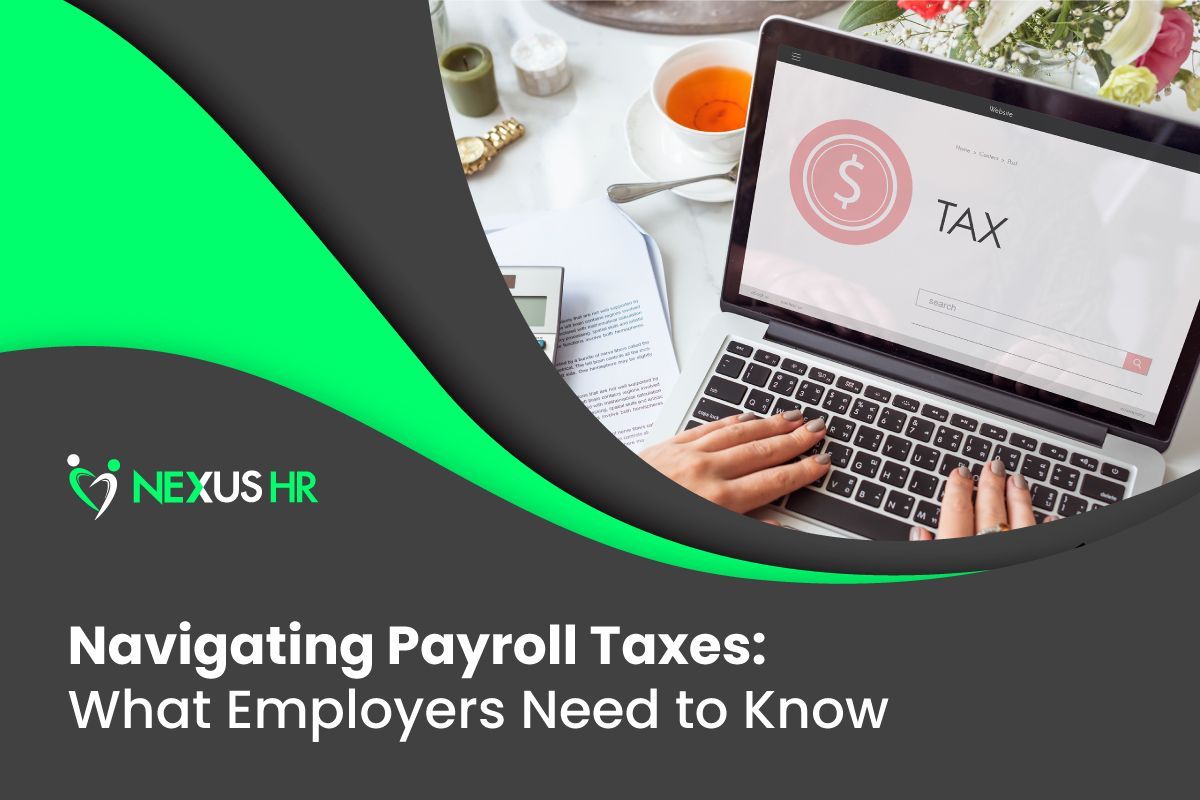What is Reverse Mentoring, and Should My Company Do It?
Did you know that, for the first time in history, the current workforce spans five generations?
Your organization may have Traditionalists, Baby Boomers, Generation X, Millennials, and Gen Z all working together to finish tasks, run projects, and meet deadlines.
While
83% of global business leaders consider it key to their companies' growth and long-term success, having a multigenerational workforce has its challenges. Often, employees struggle to appreciate colleagues' unique behaviors, work habits, and communication styles from a totally different generation.
One of the ways companies can address the struggle within a multigenerational workforce is by designing and implementing a reverse mentoring program.
What is Reverse Mentoring?

Reverse mentoring is when a junior employee pairs up with a more senior colleague (typically someone in a leadership position) and mentors them in a particular area of expertise. The program helps senior employees develop new skills and understand the younger generation of employees.
Reverse mentoring is also designed to equip junior employees with leadership and mentoring skills.
According to Laura-Jane Silverman, Head of LSE Generate, "The younger generation may not be as experienced as their older counterparts, but they are able to bring fresh new insight to problems or concepts, which more senior leaders may not have thought of before."
Reverse mentoring isn’t a novel idea, though. It started in the late 1990s when General Electric’s then-CEO Jack Welch asked 500 top executives to pair up with the youngest employees and become their mentees on new technologies.
Traditionally, the senior members of the company mentor the younger ones. With reverse mentoring, however, the organization recognizes that both sides can lack certain skills, and both have a lot to learn from one another.
Whether it involves the youngest employee teaching the top executive how to use the Internet or a fresh graduate teaching a veteran sales executive how to use social media to expand their reach, reverse mentoring can be a great learning experience for any employee.
3 Ways Reverse Mentoring Can Help Your Team

Over the years, reverse mentoring has proven to be a highly beneficial initiative for companies from various fields, namely business, education, technology, medical education, and health sciences.
Here are three benefits of implementing a reverse mentoring program in your organization:
1. Encourages Knowledge Sharing
At its core, reverse mentoring is a way to foster knowledge sharing between individuals who grew up during different times. Even though junior employees take on the role of mentors, they rarely go through the program without learning a few lessons from their senior colleagues.
As the younger generation of employees imparts knowledge on the latest tools, technology, and trends, they also get valuable insight into corporate know-how, business fundamentals, and many other lessons one only learns through experience (and mistakes).
Reverse mentoring encourages a cross-generational, cross-departmental exchange of knowledge, skills, and experience within your organization.
2. Closes Generation Gaps
When you have a multigenerational workforce, generation gaps are inevitable. A generation gap is the wedge that separates the opinions, beliefs, and values of people from two different generations. Unless addressed, the disconnect caused by generation gaps can easily become barriers to effective communication and collaboration in the workplace.
Reverse mentoring creates a space for your employees to learn from and about someone who grew up in a different time. By creating a symbiotic relationship between people from different generations, a reverse mentoring program can help break down barriers and bridge generational gaps in your company.
Learning, understanding, and embracing the perspectives of employees from different generations can help build a stronger and more resilient company culture.
3. Increases Retention of Younger Employees
According to a study by Deloitte, millennial and Gen Z employees want to make their voices heard and drive change. Unfortunately, not all of them feel their employers are listening to them, and unless something changes, half of them plan to leave the company within a year.
A reverse mentoring program can make younger employees feel welcome, heard, and valued in the workplace. It can even help you find potential leaders among them. By becoming a mentor, junior employees develop confidence in their leadership abilities as well as learn from their mentees’ experience in the workplace and leadership roles.
When younger employees know that their voice matters in the workplace, it can encourage them to stay longer and do more for the organization. After implementing its first reverse mentoring initiative,
Pershing experienced a 96% retention rate for the 77 millennial mentors involved.
Read More:
5 Ways to Increase Employee Retention
3 Potential Barriers to Any Reverse Mentoring Program

Implementing a reverse mentoring initiative in your company isn’t easy. There are many potential barriers to its success. As a company leader, you need to anticipate these challenges and find a way to work around them.
Here are some potential obstacles to a reverse mentoring program to iron out first:
1. Resistance from Senior Employees
Many of your senior employees, especially those in leadership positions, are established experts in the field. They may be open to enrolling in formal classes, but they may not see any value in being taught by a less experienced employee.
You can help senior members appreciate the value of the program by asking them what necessary knowledge or digital skills they feel they lack. Ask them how these skills, if developed, can positively impact how they do their jobs. Once they create a list of skills, you can explain how junior employees can help fill those skill gaps.
2. Lack of Full Commitment
Reverse mentoring goes beyond one or two tutorial sessions. It involves the mentor and mentee meeting regularly for an extended period of time. Reverse mentoring requires full-time commitment on both sides.
Before implementing the program, help the employees decide how frequently they should meet, how long each mentoring session lasts, how they can touch base between sessions, and how they can record progress.
Once the pair agrees on the details of their mentoring schedule, ensure they block out the agreed-upon time on their work calendars so they stick to the schedule and keep the momentum going.
3. Mentor-Mentee Mismatch
Making the right mentor-mentee match is crucial to any reverse mentoring program. A mismatch could lead to one or both employees feeling uneasy with the other, being uncomfortable with freely communicating their thoughts, and ultimately failing to make a connection with their partner.
When matching junior employee mentors with their senior leader mentees, see to it that they are compatible. You can start by working with your
HR team to gather a list of employees interested in the reverse mentoring program, and then send out surveys to find out:
- The new skills they want to learn or develop
- Their areas of expertise
- Their career goals
- Their interests
- Their hobbies
Use the data you gather from the surveys to match compatible employees. You can base the match on what they want to get out of the program and what they can offer to it. It’s also helpful to match employees with the same interests or hobbies because this helps them establish an initial connection.
Is a Reverse Mentoring Program a Good Idea for My Company?

Most likely, yes. In fact, 72% of DiversityInc’s Top 50 Companies claim to have a reverse mentoring program.
If you’re looking to encourage knowledge sharing, close generation gaps, and increase retention of young employees in your company, you may want to try reverse mentoring.
Every successful employee engagement program requires lots of planning, coordination, and data gathering—and you can’t do all these by yourself. The perfect partner for an initiative like this is your HR department.
Don’t have an HR team in-house? Outsource your HR needs to a full-service human resource partner like
Nexus HR. By taking care of your
payroll,
recruitment, and
administrative HR tasks, Nexus HR frees up your calendar and gives you the support you need to do what’s best for your company.











